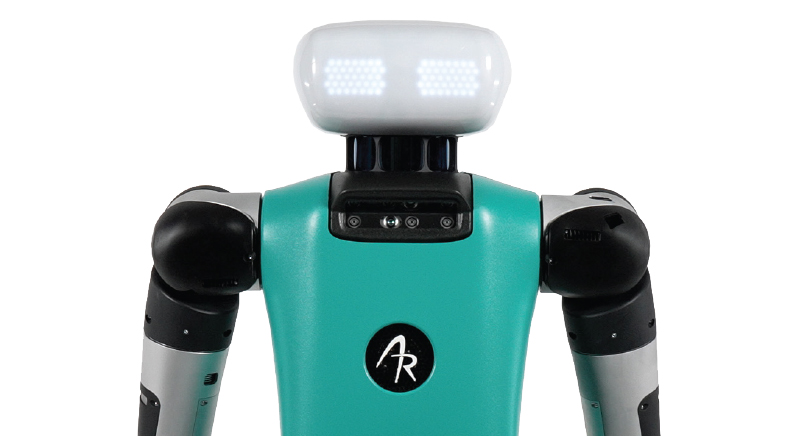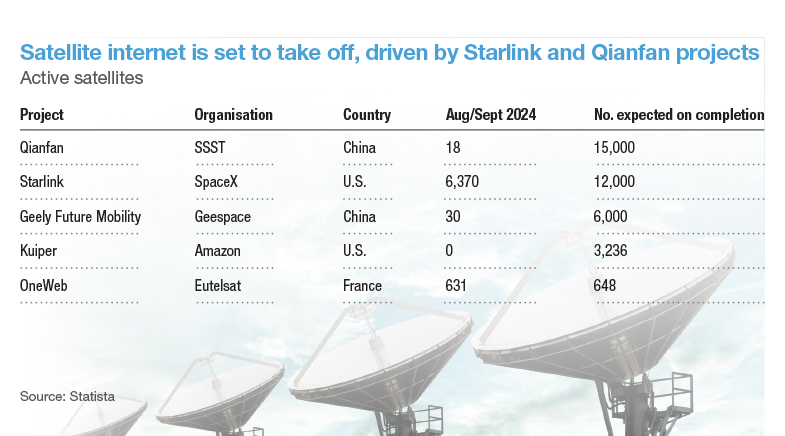Waiting for full charge
-
- from Shaastra :: vol 01 issue 01 :: Jan - Feb 2022

Researchers and start-ups are experimenting with a variety of emerging battery technologies.
As a PhD scholar in 2017, Pallavi Thakur felt herself drawn to solvent chemistry, particularly as it applied to battery technology. Mixing different electrolytes, playing around with their concentrations, and figuring out how these tweaks impacted the battery function… these were the nerdy exertions that, well, energised her. Those research interests found full play at the Materials & Interface Engineering Laboratory, under Tharangattu N. Narayanan, at Tata Institute of Fundamental Research Hyderabad, which focuses on developing materials for energy applications, including renewable energy harvesting, catalysis, and energy storage.
All that lab labour bore fruit in 2021: in July, the work of Narayanan, Thakur, and their colleagues found expression in a research paper (bit.ly/3IObKjY) published in the ACS Applied Materials & Interfaces journal. It centred on the use of a mixed electrolyte - a mixture of lithium hydroxide (LiOH) and potassium hydroxide (KOH) - in a zinc-air (Zn-air) battery to improve its 'cycle life' (the number of full discharge-recharge cycles) from 192 to 330. The good thing about mixing these electrolytes, says Narayanan, is that "both LiOH and KOH compensate for each other's deficiencies." It's as if "the electrolyte is doing electrode engineering."
For her research contribution to extending the life of Zn-air batteries, Thakur also earned a bit of personal recognition: in September 2021, she was adjudged the runner-up for the K.V. Rao Scientific Society Young Scientist Award.
PAST ISSUES - Free to Read


Have a
story idea?
Tell us.
Do you have a recent research paper or an idea for a science/technology-themed article that you'd like to tell us about?
GET IN TOUCH














